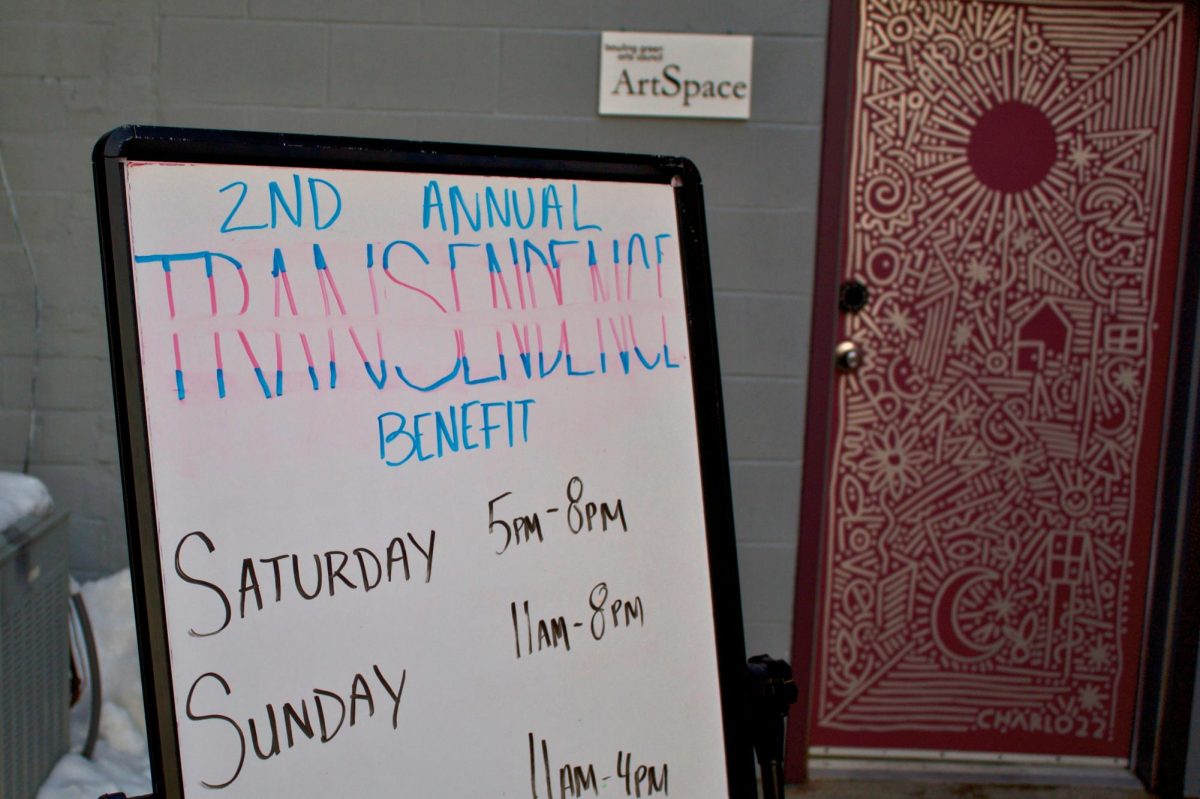Booking opens next Monday for student organizations needing to schedule regular meetings for fall 2014 and spring 2015, but with a number of policy changes to catering and additional fees.
Student organizations can start scheduling regular meetings March 3, and have two-week priority over other groups like faculty departments, said Union Director Pat Nelson. Beginning March 17, after spring break, anyone else can begin scheduling regular meetings. Booking is done at the Union front desk.
“Students certainly are the hub of the Student Union,” Nelson said. “We need to be able to provide them the opportunity to book first.”
For the first time, students can have food at their meetings from off-campus restaurants. The catch is that 100 percent of that food must be donated, Nelson said.
The reason is to uphold the contract the University has with Charters dining, Nelson said.
The potential for health hazards has always been “a risk factor” in bringing in outside food, Nelson said. Students are still limited in what food they can have, mainly to pizza and subs.
“You’re not going to get sick from a pizza that got cold,” Nelson said.
Students must fill out a food donation request form for prior Union approval. Further, Nelson said businesses are likely to donate to events like this, and in fact, $1,000 in food has been donated already.
This is an exciting change for groups like Dance Marathon, said Holly Hemminger, assistant director of Internal Fairs for the group.
“We get a lot of donations because we’re a charitable organization,” Hemminger said.
Additional fees will also be added to groups that schedule in the two special event spaces: the Union Ballroom and 101 Olscamp Hall.
In the past, scheduling in these rooms has always been $20 per hour since those rooms come with an AV tech. If groups wanted to get in the room earlier than the allotted time, they could without an extra charge.
That is going to change, Nelson said.
Beginning in fall, groups that come into a room before the schedule time will pay $20 per hour. The reason is because it still costs money for staff to be there to set up and for lights to be on, Nelson said.
The cost of having an event in the Ballroom is typically between $300-400, Nelson said.
“That $20 an hour doesn’t even come close to covering the cost of being in there,” Nelson said.
Scheduling in the Multipurpose Room is still free, but any event exceeding four hours will have to pay $20 for every extra hour.
The reason for these changes, in addition to saving money, is to ensure that other groups have the chance to use the rooms, Nelson said.
Having no charge allows students to “tie up the room for the whole day,” he said. “We don’t want to turn away another group’s opportunity to be in the room.”
The only other change is to the cancellation policy. If a group is scheduled in a special event space and has to cancel, it must do so 60 days before, a change from the original 30-day cancellation policy.
“Another large event is not going to book in that short of a window,” Nelson said of the 30-day policy.
Hemminger spoke to the positive relationship she has with Union staff, who have always been accommodating to the 20 meetings per week Dance Marathon has.
“I think that the Union is extremely helpful and understanding with our organization because they know we have so much going on,” Hemminger said.
Nelson proposed changes to the room reservation policy this past spring, but his proposals were met with resistance from student groups like the Undergraduate Student Government.
USG took issue with his proposals, which included two-hour caps on meeting times, limited days groups could have meetings and a perceived lack of student input, according to an article published in The BG News on Feb. 15, 2013.
USG pressure led to the policy changes being scrapped, according to the article.
USG President Alex Solis said this year’s changes are much less severe as compared to last year, as fees only apply to “big events.” He appreciates the way Nelson readjusted the focus of the policy.
“I’m never happy when fees are increased and when they’re assessed on students,” Solis said. But, “we understand how he was refocusing everything.”
This time around, the process went more smoothly, Nelson said. He worked closely with the Student Advisory Committee, which is now made of 50 percent students instead of 30 percent.
“I think we overcame a huge challenge between the student Union, USG and all student organizations,” Solis said.













